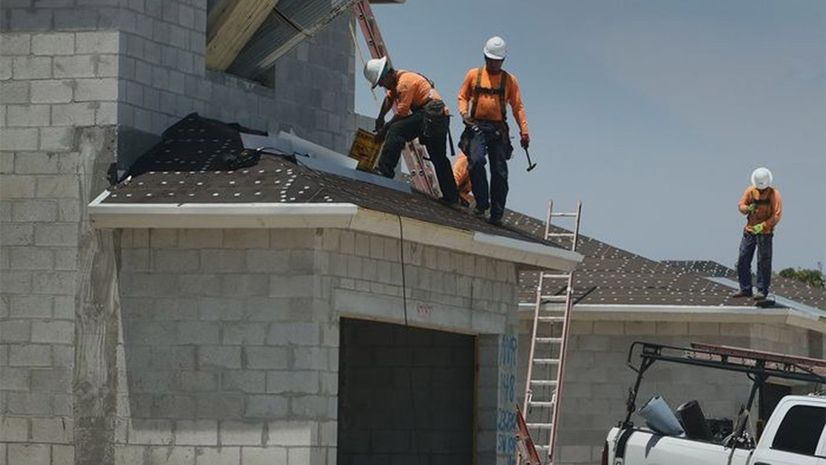Housing’s combined contribution to GDP generally averages 15-18%, and occurs in two basic ways:
- Residential investment (averaging roughly 3-5% of GDP), which includes construction of new single-family and multifamily structures, residential remodeling, production of manufactured homes, and brokers’ fees.
- Consumption spending on housing services (averaging roughly 12-13% of GDP), which includes gross rents and utilities paid by renters, as well as owners’ imputed rents and utility payments.
Including owners’ imputed rent (an estimate of how much it would cost to rent owner-occupied units) in GDP has long been a standard practice in national income accounting. Were owners’ imputed rent not included, an increase in the homeownership rate would cause GDP to decline.
The table linked below shows housing’s share of both investment and consumption in the annual GDP accounts. All GDP components are adjusted for inflation and reflect the categories in the GDP statistics published by the U.S. Bureau of Economic Analysis. Some of the numbers may differ from previously reported results due to revisions in the consumption categories instituted by BEA in mid-2009.
Download the table showing housing’s combined contribution to GDP.
Note: For a period of time prior to December 2020, estimates were based on 2012 chain-weighted dollars. Nominal calculations provide a better line-to-line comparison for the GDP items used in estimating housing’s share of GDP.

